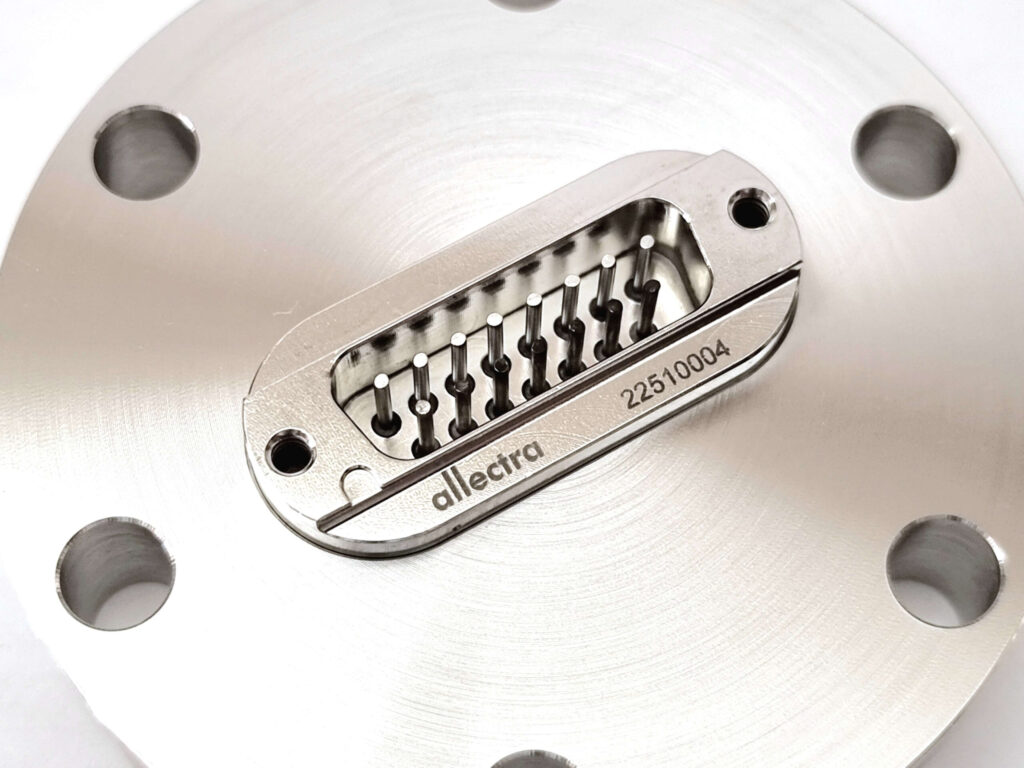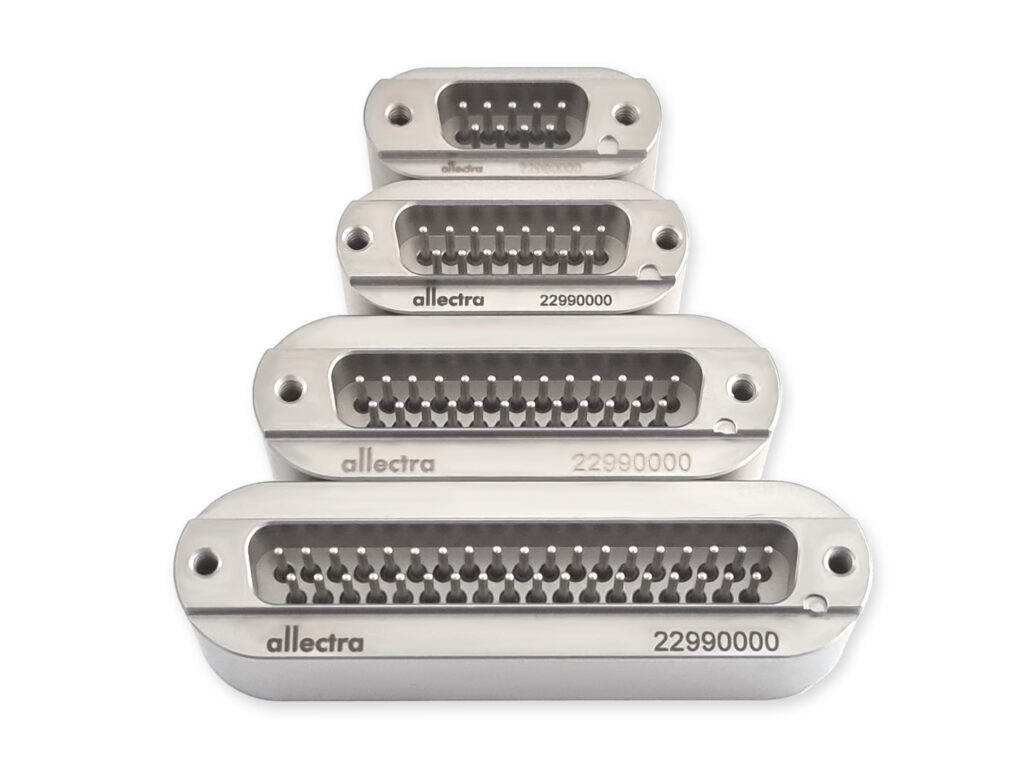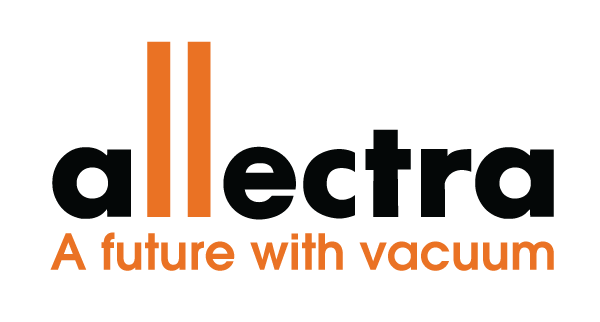Allectra offers Sub-D feedthroughs for Type K Thermocouples

Allectra offer Sub-D feedthroughs for Type K Thermocouples. Type K is the most common universal thermocouple for a temperature range from -200°C to +1350°C.
Allectra launch Sub-D feedthroughs for Type N Thermocouples.

A new component launch from Allectra, Sub-D feedthroughs with thermocouple pins Type N.
Electrical feedthroughs by type and application
Allectra is an established Electrical feedthrough specialist with over twenty years experience manufacturing and supplying a wide range of feedthroughs for customers all over the world. In this blog we explain some of the types we offer.
Allectra Notes for High Vacuum and UHV practice
Here we explore some norms, rules and protocols for High Vacuum and UHV practice.
Allectra manufactures a custom flange for Spacetek Technology Spectrometer
Providing exceptional performance while keeping an attractive form factor and a high ease of maintenance, meant a simple assembly was required to mount the complete mass analyzer on a DN100 CF Flange.
Allectra’s components assist testing in space environments
Allectra has provided custom flanges and cables for AstroBio CubeSat (ABCS), a 3U Cubesat hosting a mini laboratory payload based on innovative lab-on chip technology.
Understanding Coaxial feedthroughs
Coaxial means simply that two conductors share a common axis. In a coax feedthrough the inner conductor is for a (typically small) signal and the outer conductor is connected to ground and works as a shield of that signal against electro-static interference.
Allectra supplies components for LSPE SWIPE and STRIP instruments
Allectra has supplied components and cables for the Large-Scale Polarization Explorer (LSPE) SWIPE and STRIP instruments.
Allectra in light science
For an increasing number of High Vacuum and UHV applications, Optical Fibres are used either to get signals out or to bring “light” to the right point into the chamber.
Allectra components for Surface Science Applications
Modern technologies increasingly rely on low-dimensional physics at interfaces and in thin-films and nano-structures. Surface Science holds a key position in providing the experimental and theoretical models for a basic understanding of these effects.
